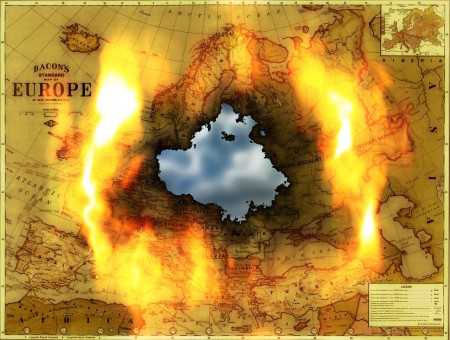
This article was originally published by The European Union Institute for Security Studies (EUISS) on 4 May 2016.
As an international actor, the EU can expect to win enemies as well as admirers. Two recent terrorist attacks in close succession – the first targeting an EU military mission in Bamako, the second in the ‘EU quarter’ in Brussels – seemingly confirm this. They also lend weight to the argument that if member states want the EU to be a robust international actor, they must give it the counterterrorist powers to protect itself. But is the EU facing a classic terrorist logic of action-and-reprisal and, if not, what exactly is the EU’s risk profile?
A player and a pole
On 22 March, bombs were detonated in the public area of Brussels Zaventem airport, raising concerns about the vulnerability of Europe’s interconnected infrastructure networks – a particular preoccupation of the European Commission. Already last year, the Thalys train was the subject of two terror scares, showing that Islamists are ready to disrupt Europe’s transport systems. Now it has emerged that the perpetrators may have been eyeing harder infrastructure targets across Europe, including such critical infrastructure as nuclear power plants.
Another bombing occurred in Brussels that day, in a metro station serving the EU quarter. Although at least one of the attackers had been employed in an EU institution (as a cleaner) there is no evidence that the terrorists were directly targeting EU buildings or personnel. But, as Islamist media feeds now boast about having ‘attacked the heart of Europe’, the seed of an idea may well have been planted. Indeed, there are indications that the terrorists had been scoping the city’s diplomatic buildings (choosing the metro only because of the crowds and softness of the target).
